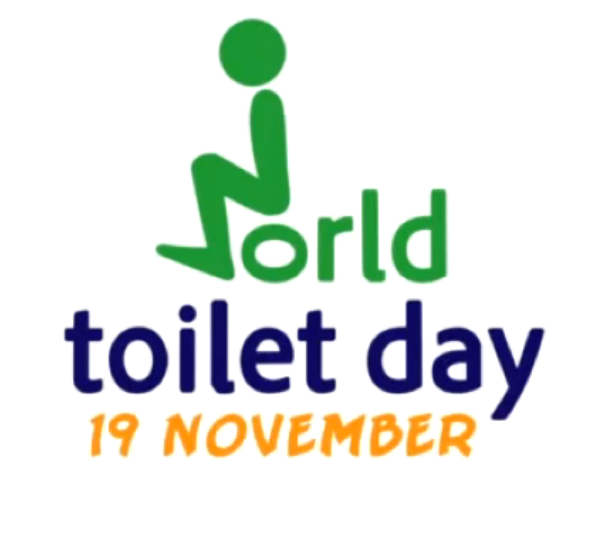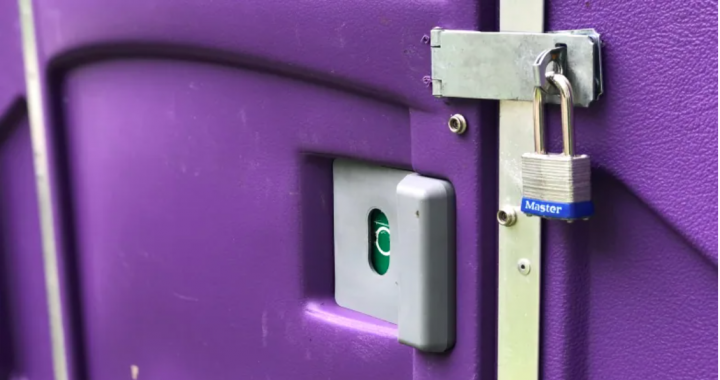CTV News, Tuesday, June 2, 2020
Jackie Vandinther
TORONTO — As provinces across Canada begin to reopen their economies, more facilities and businesses are opening their doors again, leaving questions around how people can stay safe from the virus while using public restrooms.
Accessibility to public washrooms has been a long-standing issue for people who are homeless or living with disabilities. But the urgent need for a place to go when nature calls has become even more clear with the onset of pandemic closures that gave even fewer options once places like restaurants, coffee shops, and other businesses shut down.
So as more Canadians start to venture out of their homes and spend more time in public places, should people be more worried about using a public washroom given the current global health crisis?
The short answer is no. The risk of becoming infected with the novel coronavirus from using a public restroom is really no higher than with any other virus or bacteria, which is fairly low, says Claire Cupples, an emeritus professor of molecular biology and biochemistry at Simon Fraser University in British Columbia. “On a scale of one to 10, I’d put washrooms at maybe a three or four,” she said during a phone interview with CTVNews.ca on Tuesday from Salt Spring Island in B.C.
In fact, Cupples said previous research she conducted on washroom cleanliness showed that high-contact surfaces like door handles and toilet seats proved to carry fewer germs than a restaurant tray or seat, and even her own toothbrush. Other research conducted out over the years has offered similar findings.
But that’s not to suggest concerns over cleanliness in public washrooms are being taken lightly. ONroute Service Centres, a Canadian company that operates 23 rest area locations for drivers along the 400 and 401 series highways in Ontario, was deemed an essential service and has been delivering most of its regular offerings, but with the addition of some enhanced safety measures to deal with COVID-19, according to the company’s CEO, Melanie Teed-Murch.
Speaking to CTVNews.ca by phone from Guelph, Ont., Teed-Murch said changes include limiting the number of people allowed inside at one time and requiring all employees to wear masks and gloves. Workers also have to undergo temperature checks at the beginning of each shift and answer a number of screening questions in line with federal and provincial health guidelines.
According to Teed-Murch, the ONroute facilities were already adhering to high sanitation standards before the pandemic, noting facilities were being cleaned on the hour. “Now, we’re sanitizing all surfaces every 20 minutes using anti-microbial cleaners,” she said. Other changes include adding stanchions to direct people in and out of washrooms, and demarcation lines on the floor to help people keep a safe distance.
HANDWASHING STILL THE GOLDEN RULE
Incorporating physical distancing requirements and increasing the frequency of cleanings are good ways to help limit the risk of picking up any germs in a public washroom. But Cupples points to other things that could go even further to help keep people safe. “Using every other sink, that makes more sense,” she said. “Masks are going to help a lot, at least for preventing transmission,” Cupples added. It may not always be possible, but she also suggests avoiding crowded washroom facilities.
But Cupples thinks the most important tool to protect yourself from catching any virus is plain and proper hand-washing. While the jury still seems to be out on whether drying your hands with a paper towel is more sanitary than using a hand dryer, Cupples encourages the use of a paper towel, even your own sleeve, to turn taps off and open doors once you’re done.
Cupples also believes having to touch a door on your way out of a public washroom is another potential flaw in the user experience. “Washrooms need to be redesigned so we don’t need contact getting in and out. The last thing you want to do after you wash your hands is open a door,” she said. Making doors and stalls easier to get in and out of, installing automatic taps, soap dispensers and toilet flushers are other good thingsfor businesses to consider in helping minimize the spread of germs in a public washroom, she said.
If the fear of catching COVID-19 has heightened people’s overall awareness of their hygiene habits, Cupples says that can only be a good thing. “One of the key things to think about in general, is to be conscious of where you put your hands. It’s so easy to do one thing carefully, and the next thing sloppily,” she added.



